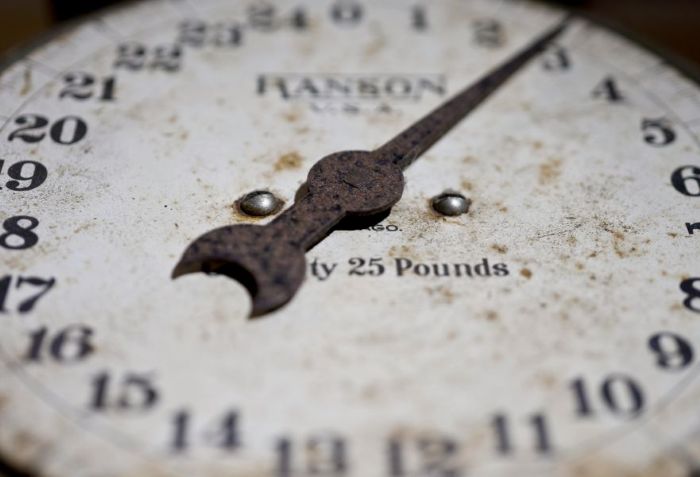Quick Answer
1 kilogram equals 2.20462 pounds
If you've ever wondered "how much is a kilo in pounds?", you're not alone. This is one of the most common weight conversion questions, especially when dealing with international measurements, fitness tracking, cooking recipes from different countries, or understanding product specifications from around the world.
The relationship between kilograms and pounds represents the bridge between two major measurement systems used globally. While most of the world uses the metric system (kilograms), countries like the United States still primarily use the imperial system (pounds). Understanding this conversion is essential for anyone dealing with international commerce, travel, fitness, cooking, or scientific applications.
The Exact Conversion Formula
The precise conversion factor between kilograms and pounds is based on the international avoirdupois pound, which is the standard pound used in most English-speaking countries today. This standardization ensures consistency across different applications and industries.
Conversion Factors:
- Exact conversion: 1 kilogram = 2.20462262185 pounds
- Practical use: 1 kg ≈ 2.205 lbs (rounded to 3 decimal places)
- Quick estimates: 1 kg ≈ 2.2 pounds
- Mental math: 1 kg ≈ 2.2 lbs (easiest to remember)
Comprehensive Conversion Table
Here's an extensive table showing common kilogram to pound conversions that you're likely to encounter in everyday situations:
Why This Conversion Matters in Different Industries
Fitness and Health Industry
In the fitness world, understanding kg to lb conversion is crucial for several reasons. Many gym equipment pieces, especially those manufactured internationally, display weights in kilograms. If you're used to thinking in pounds, you need to quickly convert to understand how much weight you're lifting. For example, a 20kg dumbbell equals 44.1 pounds, which is significantly different from 20 pounds.
Personal trainers working with international clients or using equipment from different countries must be fluent in both systems. Body weight tracking also requires this knowledge, especially when using fitness apps or medical equipment that might display results in different units.
International Trade and Shipping
Global commerce relies heavily on accurate weight conversions. Shipping companies often have weight limits expressed in different units depending on the origin and destination countries. A package weighing 23 kg (the standard international luggage limit) equals approximately 50.7 pounds, which is just over the typical 50-pound domestic limit in the US.
Import and export businesses must understand these conversions to comply with regulations, calculate shipping costs accurately, and ensure proper handling of goods. Mistakes in weight conversion can lead to additional fees, shipping delays, or regulatory issues.
Culinary Arts and Food Industry
Professional chefs and home cooks frequently encounter recipes from different countries that use various measurement systems. A recipe calling for 2 kg of flour requires approximately 4.4 pounds of flour. Understanding these conversions ensures recipe accuracy and consistent results.
Food manufacturers and distributors also need precise conversions for packaging, labeling, and inventory management. Nutritional information must often be provided in multiple units to comply with different countries' regulations.
Advanced Calculation Methods
Method 1: Exact Mathematical Conversion
For scientific or commercial applications requiring high precision:
Pounds = Kilograms × 2.20462262185
Example: 15.7 kg × 2.20462262185 = 34.612535163 pounds
Method 2: Quick Mental Math Technique
For rapid estimates in everyday situations:
- Double the kilogram value
- Add 10% of the doubled value
- Add another 1% for better accuracy
Example: 50 kg → 100 + 10 + 1 = 111 lbs (actual: 110.23 lbs)
Historical Context and Development
The kilogram, as part of the metric system, was originally defined in 1795 during the French Revolution as the mass of one liter of water at its freezing point. This definition provided a universal standard that could be reproduced anywhere in the world, making it ideal for international trade and scientific collaboration.
The pound, on the other hand, has a much older and more complex history. Derived from the Roman "libra pondo" (pound weight), it has varied significantly throughout history and across different regions. The modern avoirdupois pound was standardized in 1959 through an international agreement, defining it as exactly 0.45359237 kilograms.
This standardization was crucial for international commerce and scientific cooperation, ensuring that a pound in the United States equals a pound in the United Kingdom and other countries using the imperial system.
Real-World Examples and Applications
Medical and Healthcare
- Patient weight monitoring
- Medication dosage calculations
- Medical equipment specifications
- Nutritional assessments
- BMI calculations across different systems
Sports and Athletics
- Weightlifting competitions
- Boxing and MMA weight classes
- Equipment weight specifications
- Training load calculations
- Performance tracking and analysis
Common Mistakes and How to Avoid Them
❌ Common Mistakes:
- Assuming 1 kg = 2.0 lbs (it's actually 2.205 lbs)
- Confusing troy pounds with avoirdupois pounds
- Rounding too early in multi-step calculations
- Using outdated conversion factors
- Mixing up the direction of conversion
✅ Best Practices:
- Always use the standard conversion factor: 2.20462
- Double-check your calculations with a reliable converter
- Round only at the final step of calculations
- Understand the precision requirements for your application
- Keep a conversion chart handy for quick reference
Technology and Tools for Conversion
Modern technology has made weight conversion easier than ever. Online converters, mobile apps, and smart devices can instantly provide accurate conversions. However, understanding the underlying mathematics remains important for verification and situations where technology isn't available.
Many fitness trackers, smart scales, and health apps now automatically display weights in multiple units, making it easier for users to work with their preferred measurement system while maintaining accuracy across different platforms and devices.
Need Quick and Accurate Conversions?
Use our free KG to LB converter for instant, precise results. No registration required, completely private, and works on all devices. Whether you need exact scientific precision or quick everyday estimates, our tool provides the accuracy you need for any application.

